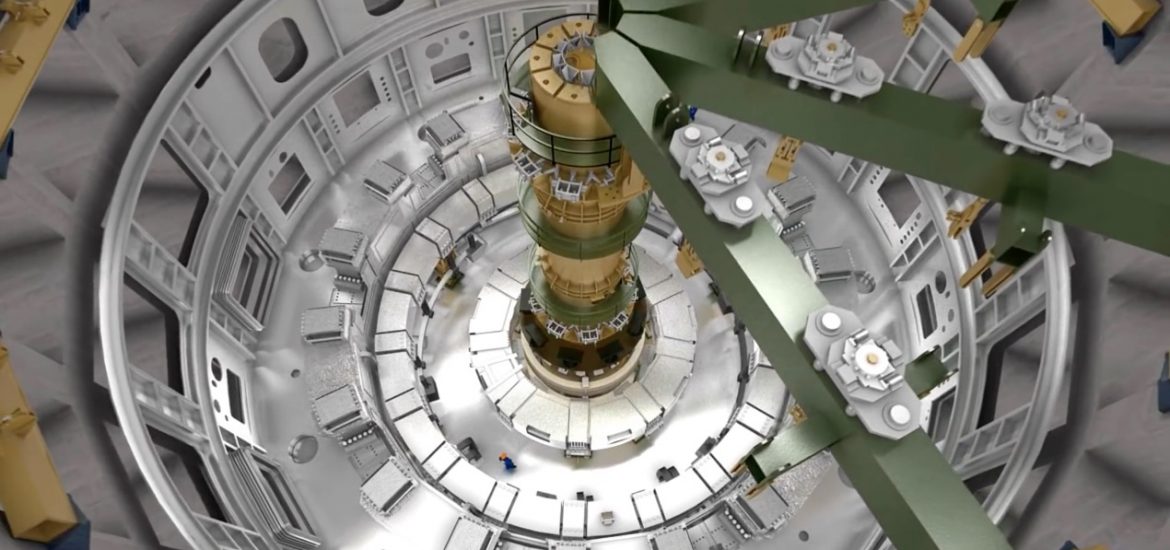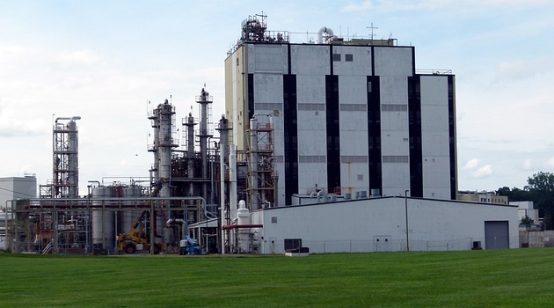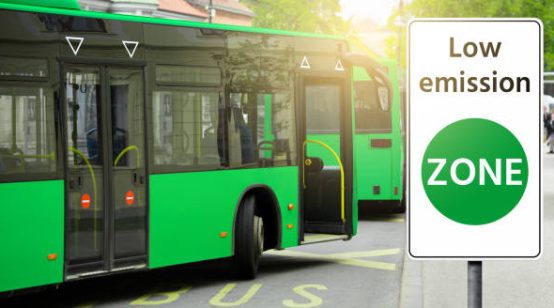
Four giant parts for the international nuclear fusion project have arrived in southern France after a four-month journey from China’s River Yangtze.
The four vapour suppression tanks, each weighing about 100 tonnes and measuring eight by nine metres, were delivered to the International Thermonuclear Experimental Reactor (Iter) site in Saint-Paul-lez-Durance, the authorities said.
They are intended to be used to build a prototype fusion reactor to generate electricity in a process that hopes to mirror the nuclear fusion that powers the sun.
The project says it is more than halfway towards the first test of super-heated plasma by 2025 and first full-power fusion by 2035, although Iter faces numerous hurdles.
The main fuel to be used is a heavy isotope of hydrogen called deuterium which can be extracted from water and therefore is in limitless supply, in contrast to uranium used in nuclear fission.
But the plasma liquid that exists at temperatures found in the stars has not been magnetically contained and a fusion reaction that releases more energy than it consumed has not been triggered.
Iter aims to control a hydrogen bomb-sized atomic reaction for a few minutes inside a circular device, called a tokamak, that weighs three times the Eiffel Tower.
About 80 per cent of a fusion reaction’s energy is released as subatomic neutrons, which will smash into the exposed reactor components, potentially leaving tonnes of radioactive waste.
The environmental impact of that process has not yet been assessed.
The US, European Union, China, India, Japan, Russia and South Korea are involved with the joint project which has a budget of about €20 billion.
The Guardian wrote in an editorial: “The money that has been poured into it could have been spent on cheap solar technology which would allow humanity to be powered by a fusion reactor that’s 150 million kilometres away, called the sun.”
The Iter budget is largely being spent by contributing countries who are manufacturing components in their factories and shipping them to France where they are assembled.
Some of the 250 components, which travel by sea, canal and road, are so large that France has spent an estimated €110 million adapting roads to accommodate them.
The largest components, some of which weigh nearly 600 tonnes, are due to be shipped to Iter in 2019-20.
Iter director Bernard Bigot said nuclear fusion research and development was being driven mainly by governments, likening it to the early days of space technology when private investors could not compete.
“In fusion research we are only about in the 1960s, before anybody got to the moon,” Bigot told the media.
Iter plans. Picture credit: YouTube





